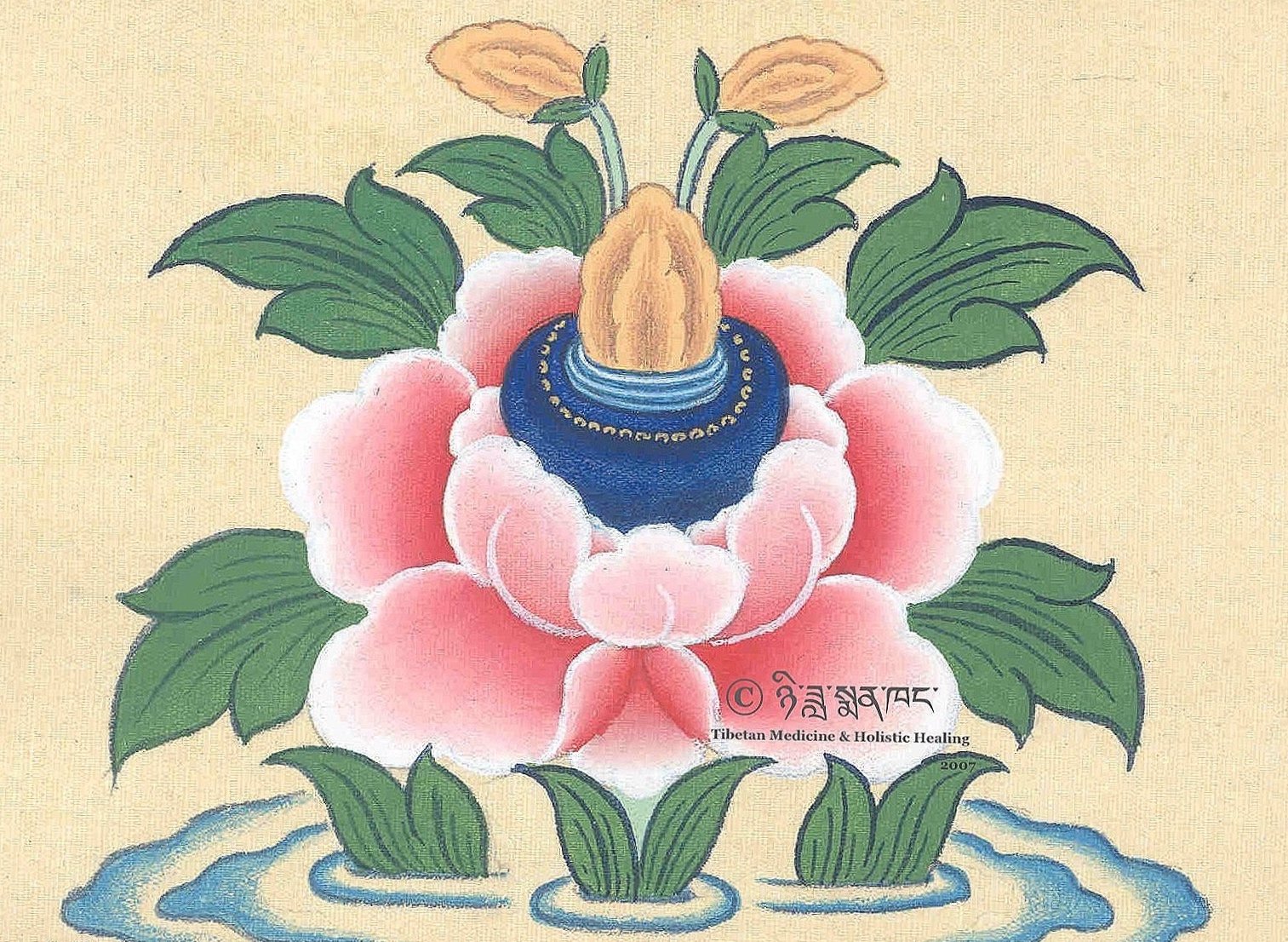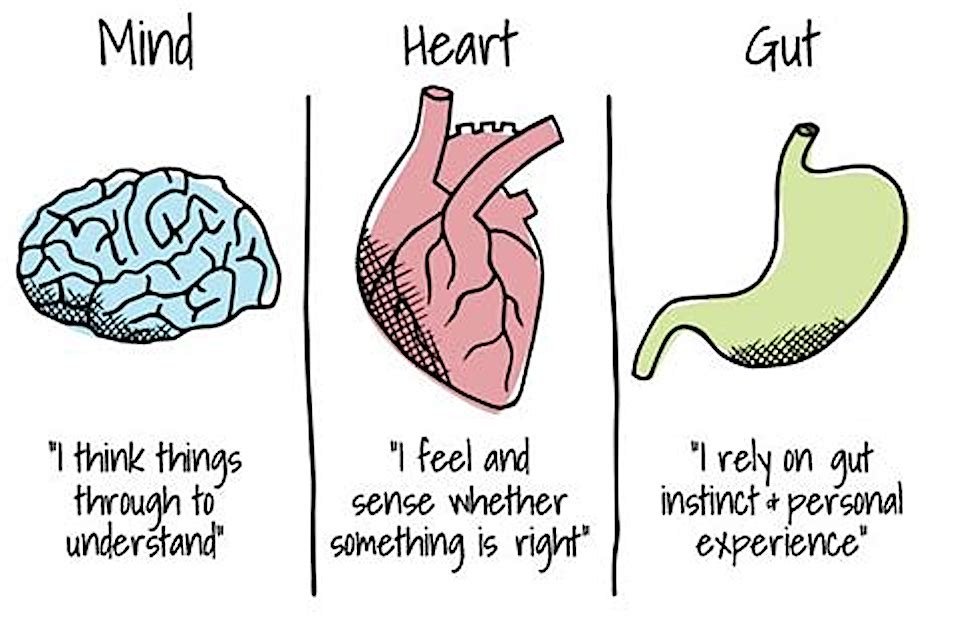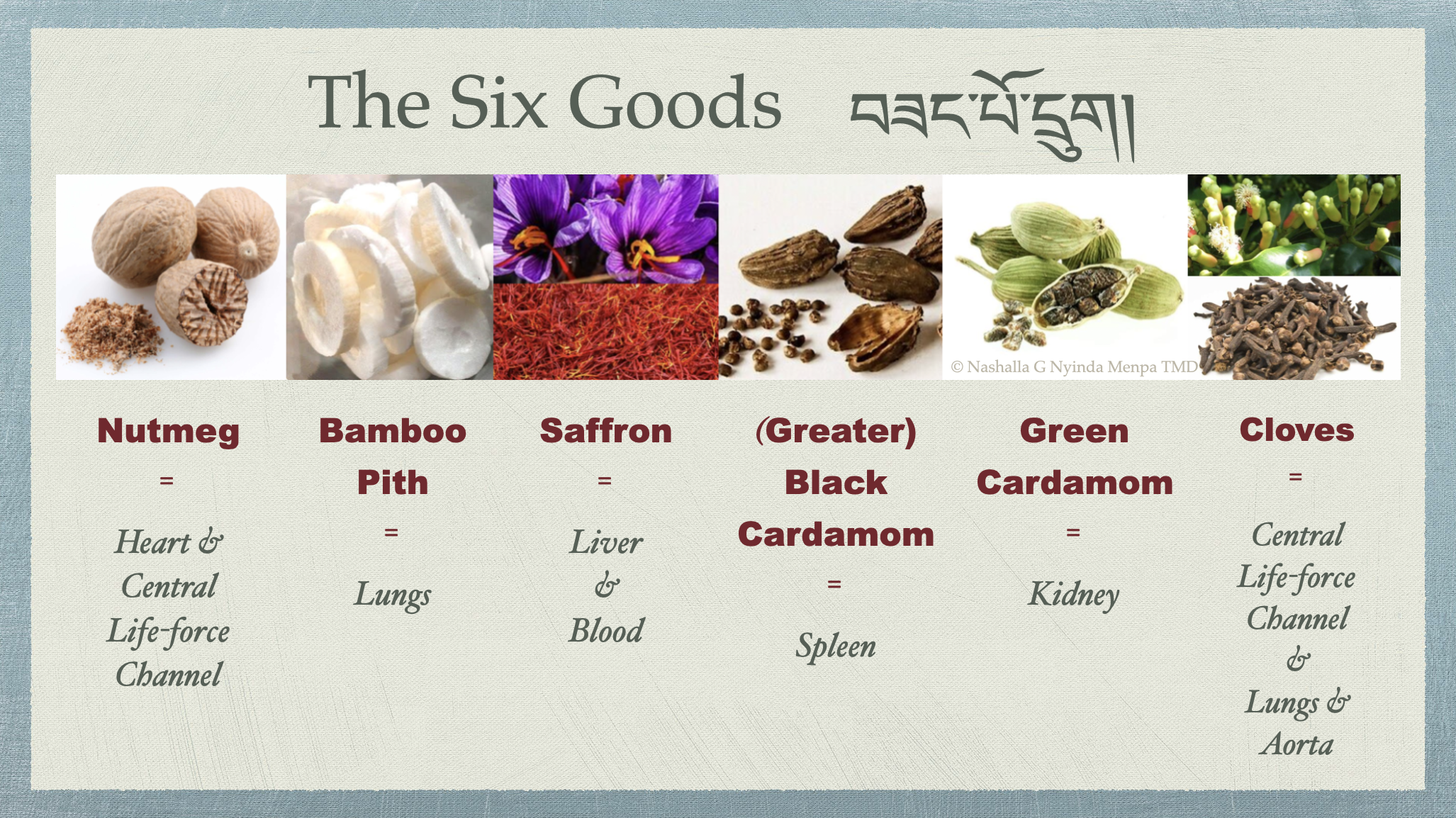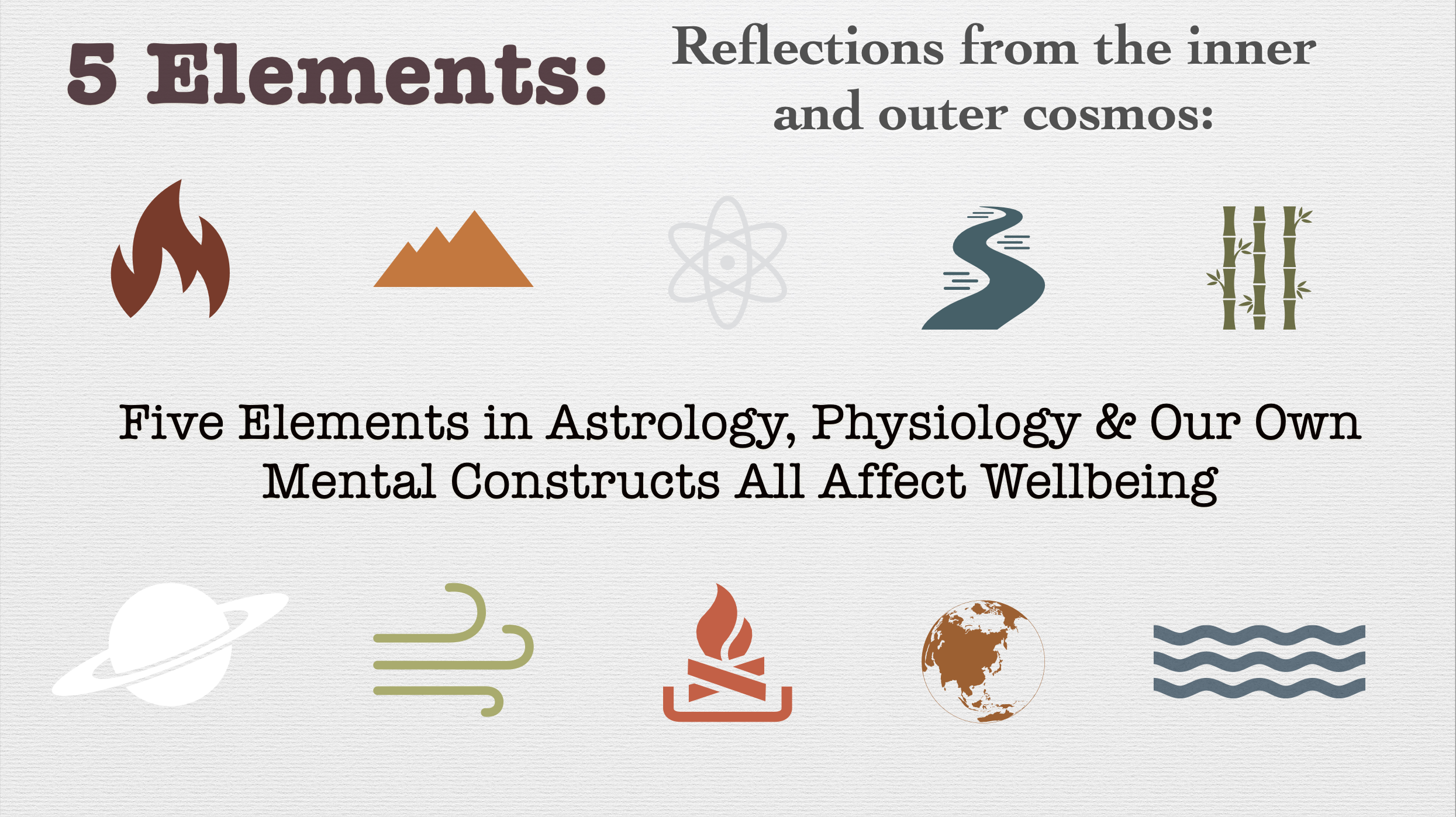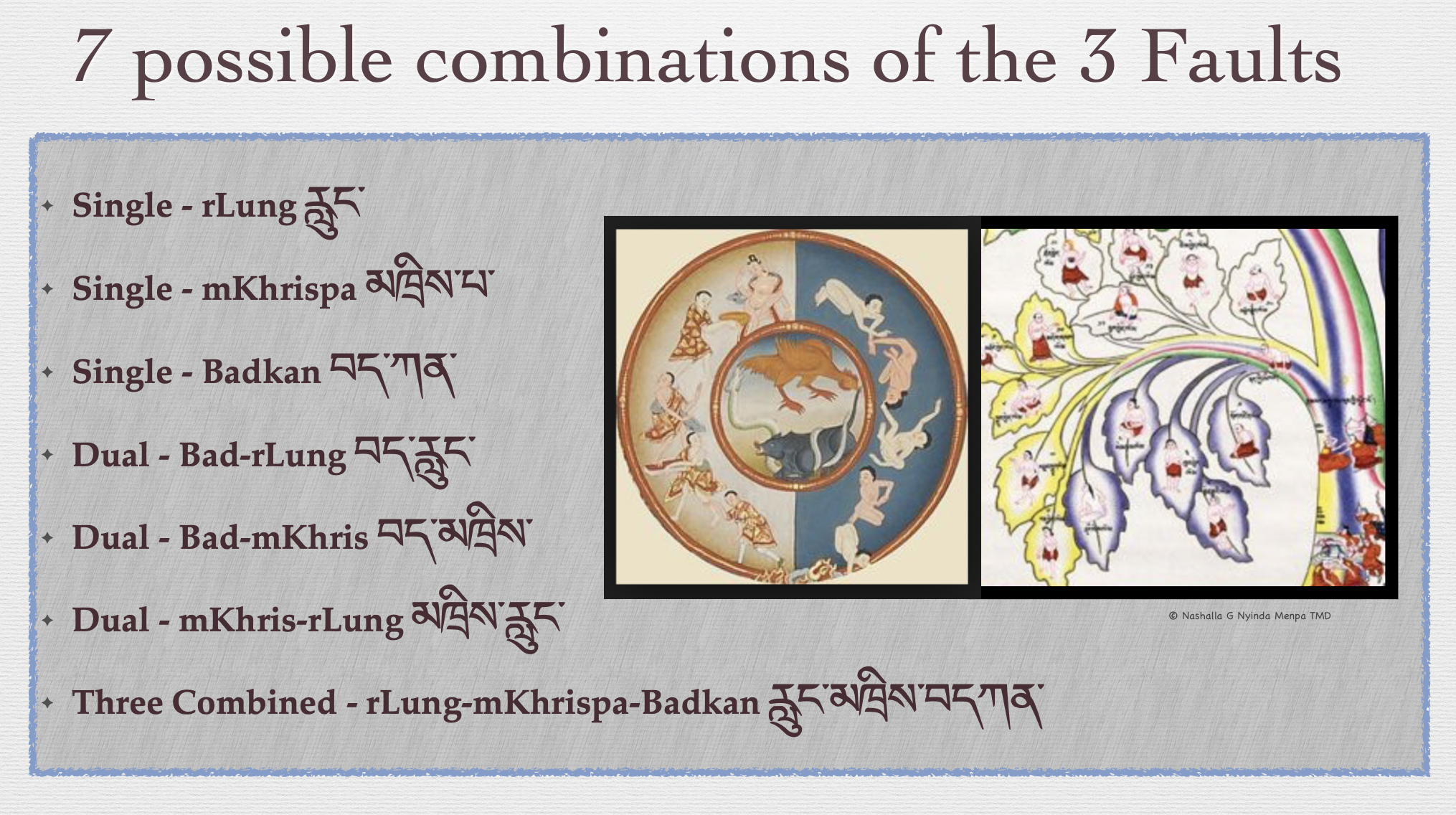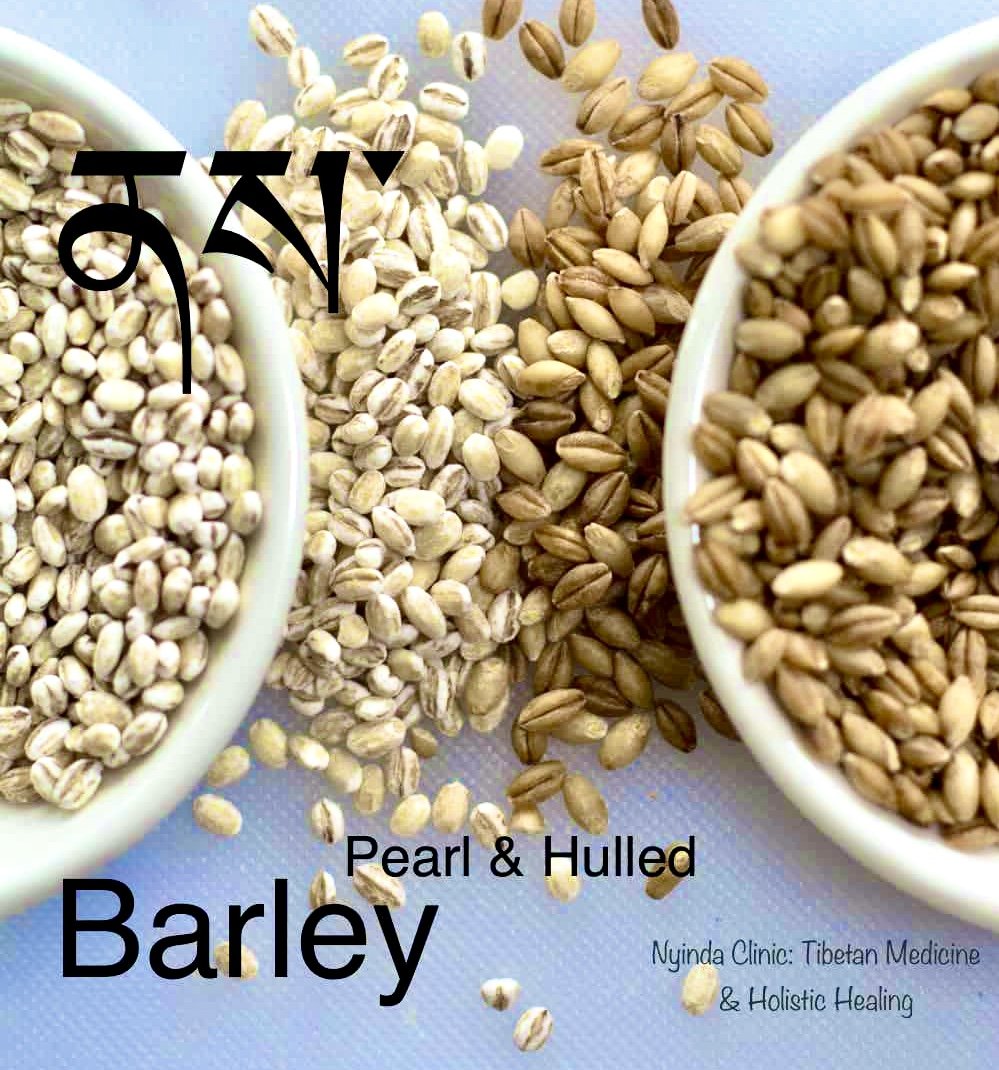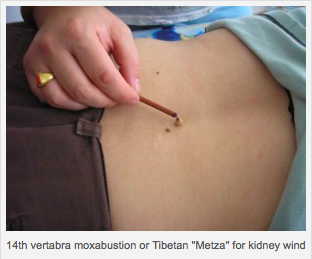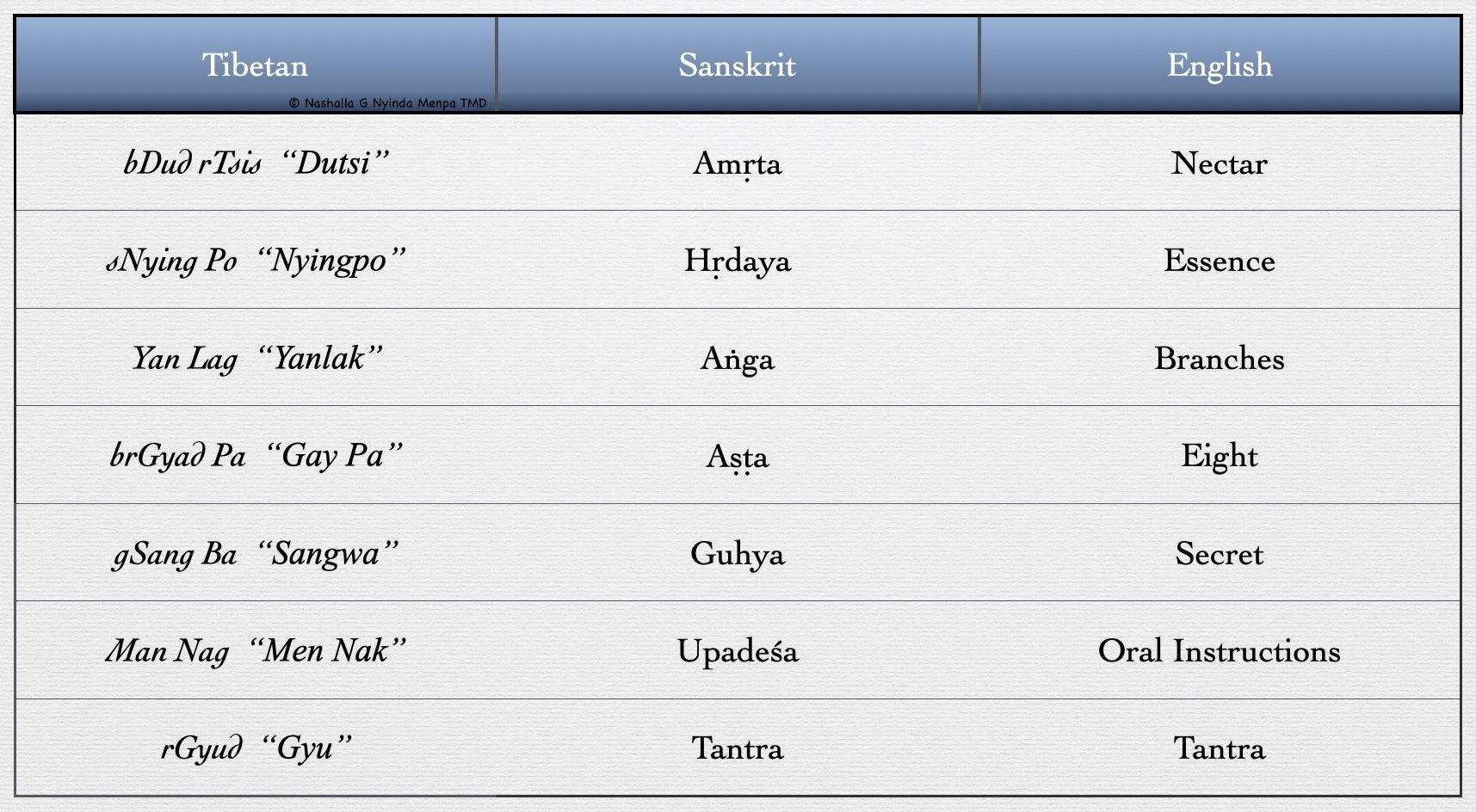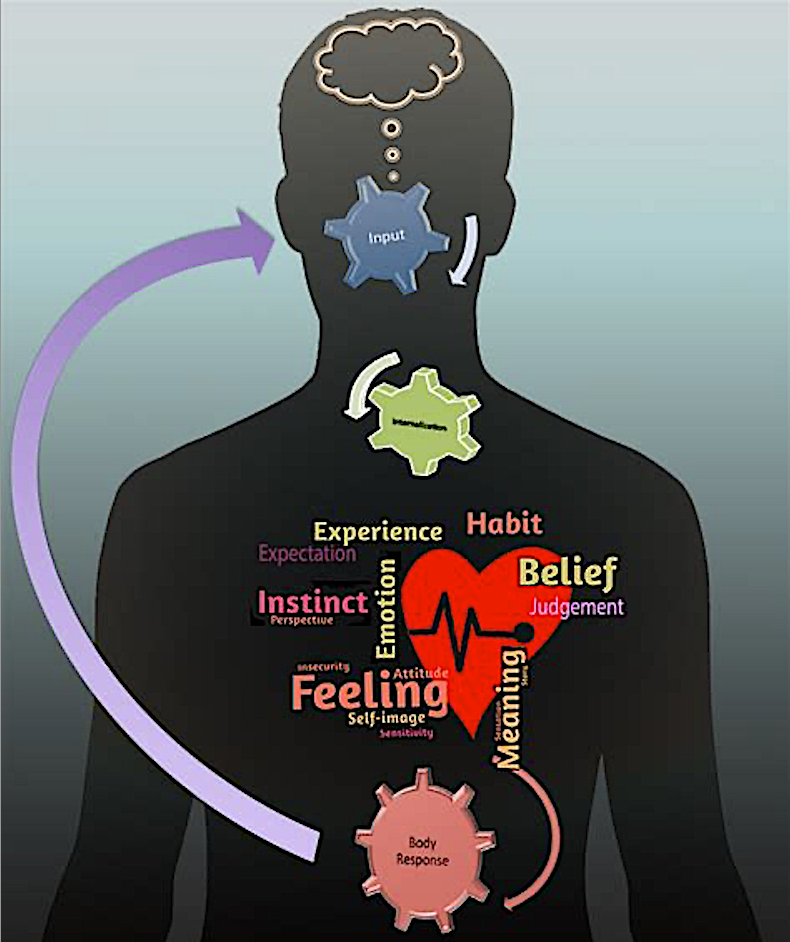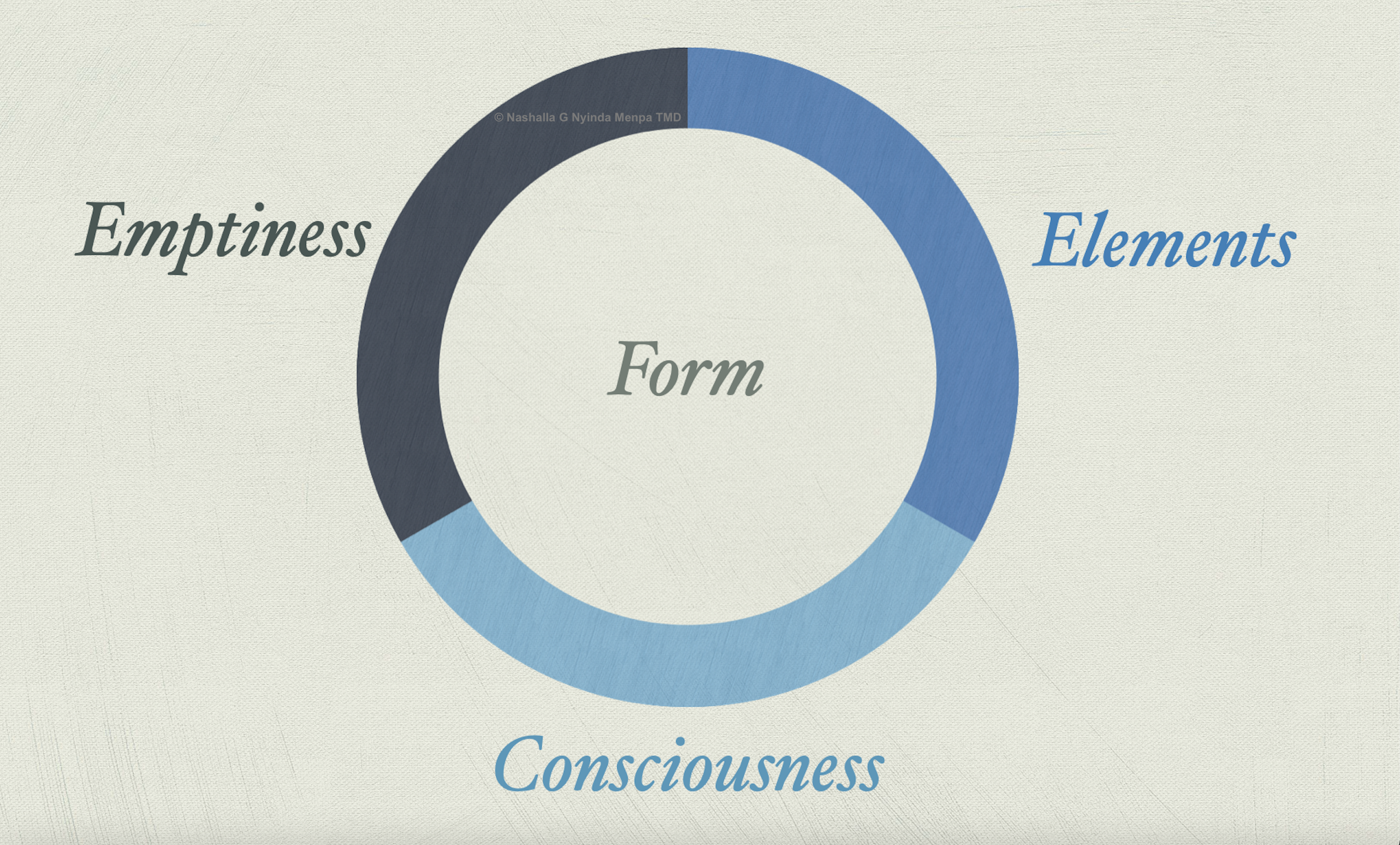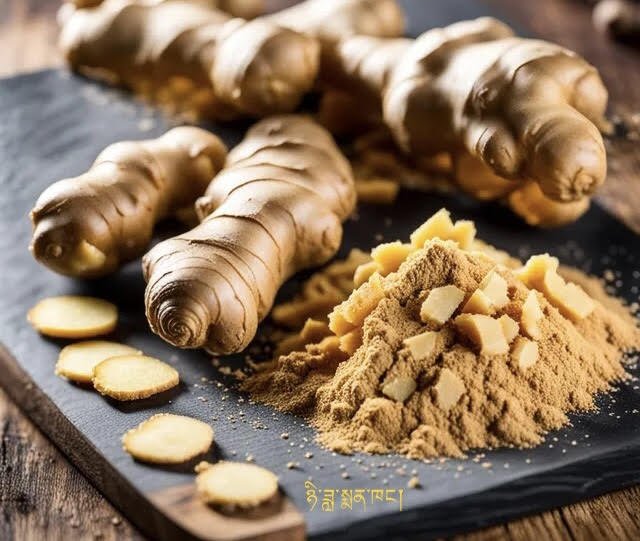Announcing an in-depth certificate course:
Become a Tibetan Medicine ~ Sowa Rigpa Lifestyle & Dietary Wellness Facilitator
After many years of requests, and consulting respected authorities abroad in Asia for their input on curriculum and learning materials to be covered; we are very happy to announce the launching of the Tibetan Medicine ~ Sowa Rigpa Lifestyle & Dietary Wellness Facilitator course!
Applications available upon request. When we have enough students enrolled we will launch the 12 month course.
༄༅།། བོད་ཀྱི་གསོ་བ་རིག་པའི་ཟས་སྤྱོད་ཕན་བདེ་མཐུན་སྦྱོར།
Tibetan Medicine Sowa Rigpa Lifestyle & Dietary Wellness Facilitator Course
1. Description of the Course
Name of Faculty : Nashalla G. Nyinda Menpa, TMD, MA Acu
Name of course : Tibetan Medicine ~ Sowa Rigpa Lifestyle & Dietary Wellness Facilitator
Mean/Period of course: Monthly (3 days course Friday-Sunday) for 12 months
Location: Boulder, CO USA Some online components will be developed over time, the bulk of this course is intentionally in person.
Facilitator: Chagpori US
Basic concepts of Traditional Tibetan Healing are the focus of this course.
2. General Objectives for the Course
Traditional Tibetan Medicine, known as Sowa Rigpa, the Healing Science of Tibet is based upon centuries of unbroken Buddhist medical tradition practiced widely throughout Trans-Himalayan regions. Known for effectively impacting acute and chronic physical and emotional disorders though holistic approaches, it is gaining in popularity worldwide as a system of wellness. Traditional pedagogy within this modality exists in very systematic and detailed five year program, followed by one or more years of clinical internship. This course aims at providing training for the gap between those wanting to work in wellness and facilitators within Tibetan Medicine’s model, but cannot dedicate time and resources for a full time six-year commitment. Students will become sufficiently trained and competent in basic Tibetan Medical theories for maintaining general well-being through through diet, lifestyle, spiritual practices and external therapies. All within a specific scope of services offed as Tibetan Medicine Sowa Rigpa Lifestyle & Dietary Wellness Facilitator. Foundational concepts in Tibetan Buddhist spiritual tradition are historically intertwined with the medical practices. Therefore extending a wellness model to include mental and emotional regulation using traditional meditation practices with language and terminology that can be explained in ways to work with both more serious Buddhist practitioners, and non-Buddhists without loss of the systems integrity or cultural appropriation is a centralized aspect to the curriculum.
2.1 Specific Learning Objectives
Upon completion of this course the students will be able competently:
Describe the rich history of Traditional Tibetan Medicine.
Understand how the three root poisons within foundational concepts of Tibetan Buddhism result in development of human pathophysiology, expressed by the three primary faults, or three humors. Be able to coherently explain and demonstrate how these concepts work to those unfamiliar with Tibetan Buddhist medicine.
Explain the foundations of energetics found within Tibetan medical dietetics, and relate how external factors, such as climate and season influence therapeutic diet and behavior modifications.
Demonstrate how the three primary faults or humors are influenced by healing meditation and various Buddhist yogic practices which influence each of the three root poisons and three primary faults / three humors.
Obtain proficiency in hands on skills within Kunye therapeutics and massage, including mastery for basic standards of care for pregnant, postnatal and menopausal persons. Demonstration of safe ability to utilize cupping procedures, and various compresses. Primary application of point theory within Kunye massage lays a foundation toward further mastery for advanced protocols. Option to extend and add additional coursework post certificate training in The Sowa Birthing Method™ .
Demonstrate application of commonly acquired kitchen spice medicines and local herbs used for herbal water-bath therapy, compresses, pastes, massage oils, vapor-steaming therapies and warming metza.
Identify, and be able to explain use of common medicinal plants used in external treatment and dietetics. Make simple recipes which can be offered and advise passed onto clients in how to make at home kitchen cabinet medicine.
The cornerstone of treatment of any disorder is always through diet and lifestyle advise. This is the greatest Medicine - Dr Nyinda
3. Certification of Attendance
After completion of the twelve months training program, and successful exam results, a certificate of the course detailing the scope of practice as Tibetan Medicine Sowa Rigpa Lifestyle & Dietary Wellness Facilitator will be awarded.
4. Course Background in Historical Cultural Context
The traditional medicine system of Tibet and neighboring Himalayan regions is known in the Tibetan language as Sowa Rigpa, Traditional Buddhist Medicine, or the Healing Science of Tibet. As one of a few indigenous healing systems with an unbroken tradition practiced, it offers global healing potential both within its countries of origin and in the West. The future of this ancient system is preserved by adhering to the basic principles outlines in the traditional medical text as they are transmuted to the West and beyond. Like other, more well known Asian systems of healing, such as Chinese Medicine, Indian Ayurvedic Medicine and Unani Medicine, early Tibetan Medicine was greatly influenced in pre-Buddhist Tibet via influence of the silk route. However it is a wholly unique and individualized system of healing with its own unique background and methodology.
Sowa Rigpa has been unchanged in its textual concepts since the eight center when Buddhist became a more cohesive presence in the Tibetan plateau. Roots of the system can be traced back to the 2nd-3rd centuries and the cumulation and synthesis of this traditional was developed with a backdrop to the outer systems which influenced its development. Thereby this cohesive system often risks others for mistaking it as “just like Ayurveda with its three humors, or Chinese Medicine with its five elements.” Now that this Himalayan system of healing is gaining traction beyond Asia, it is vitally important to clarify and protect the authenticity of this Buddhist system of medicine, which has itself remained intact and unchanged for centuries.
Sowa Rigpa acts as the nationalized system of healthcare in the Himalayan kingdom of Bhutan since 1968. Most recently it has become a recognized system of medicine under the amendment of the Indian Medicine Central Council Act, 1970 by the Indian Parliament in 2010. The Sowa Rigpa Buddhist healing system is now under regulatory control of the National Commission for Indian System of Medicine under the Ministry of AYUSH, Government of India. Standards and regulations do not yet exist in the United States. This course aims to offer a groundwork for those who are not fully trained and designated Menpa, (doctors of Tibetan Medicine) with five years didactic education and the subsequent following of years with clinical supervised internship. Specifically this course is designed for those who wish to work in the felid of Tibetan Buddhist healing with strong standards and authentic educational materials, as well as knowing appropriate limits to the scope of practice and appropriate application of methodology to avoid issues of cultural appropriation, or harm to the greater system until such time as regulation exists in the United States.
Historically Chagpori was one of the premier medical colleges in Lhasa, Tibet. Established in accordance with the explicit wish of the Fifth Dalai Lama in 1696 by the regent Desi Sangay Gyatso. It remained an important medical institution and was responsible for the spread of practice of Tibetan Medicine in central Asia. The speciality of the Chagpori lineage is the blend of medicine and spirituality. The basics of this healing system aims to manage and restore the bodies homeostasis and maintain productive, clear and present state of mind. Equal importance for increase quality of life in one’s body, mind and spiritual being utilizes various holistic approaches that go beyond culture, race, sexual orientation and are all inclusive.
5. Program Intention / Objectives
The state of humanity, mental and physical health as well as our environment are all reflecting massive imbalances needing immediate attention. These are indicative of why the increasing demand for holistic health, wellness and lifestyle consulting as well as interest in Traditional Indigenous Medicine systems is exploding in the United States. The current system of health and balance is highly disregulated. People are seeking simple, self-applicable methods to bring equilibrium to body and mind.
This course intends to equip students with theories and practices that are both timeless and in harmony with the natural cycles and seasons which exist both within and externally. In the traditional Tibetan model there are four methods of healing: right diet, right life style changes, right application of appropriate herbal products and correct adjacent external therapies. All these are that which aid in bringing balance to the body and mind. With a one year foundation course, students will be able to confidently give the right dietary antidote to the imbalances which are at the root of all physical and mental medical issues. This also lays a proper and clear foundation for Lifestyle & Dietary Wellness Facilitators to know what is within their purview and when to refer out to a more qualified and fully trained doctor of Tibetan Medicine as well as other licensed health providers ensuring clients are cared for properly in a correct scope of practice.
If you are a licensed provider looking for an in-depth system of diet and lifestyle course to add to your skills, or are a existing wellness coach who wants to understand how to approach things from a indigenous nature based approach where the outer cosmos affects and reflects on the inner cosmos then this is the course for you.
Once we have reached a threshold of students to run a cohort we will begin the course. Please fill out the form below if you are interested in being sent an application and Menpa Nashalla will get back to you.
May all beings Benefit!
